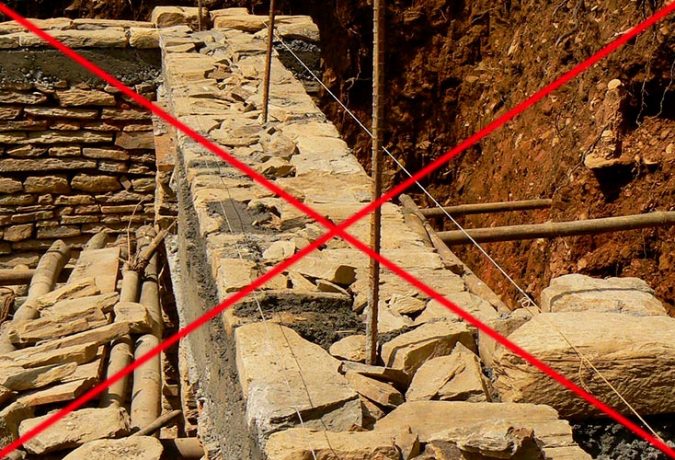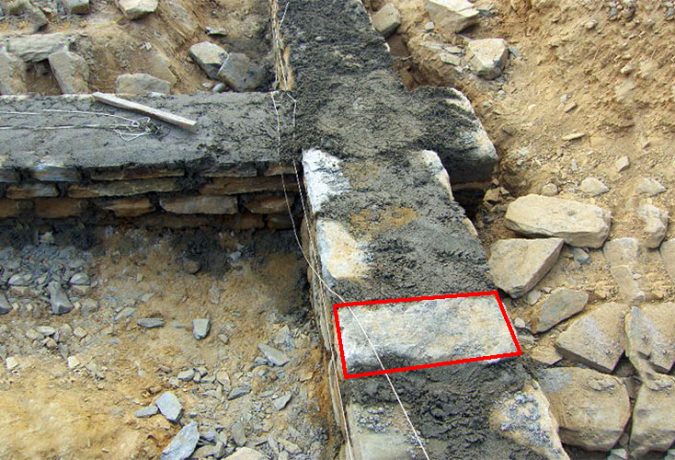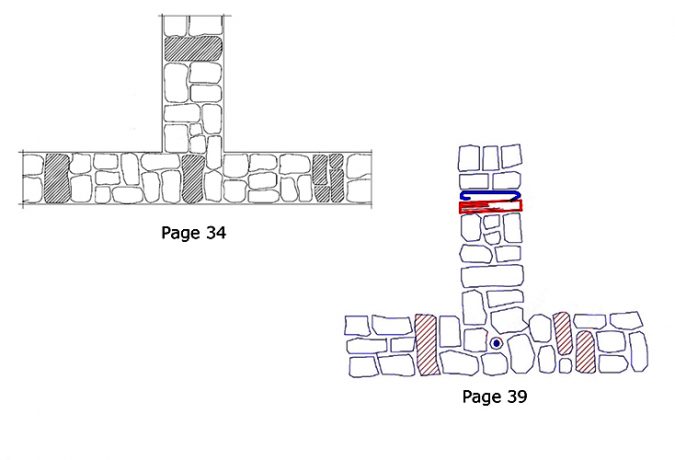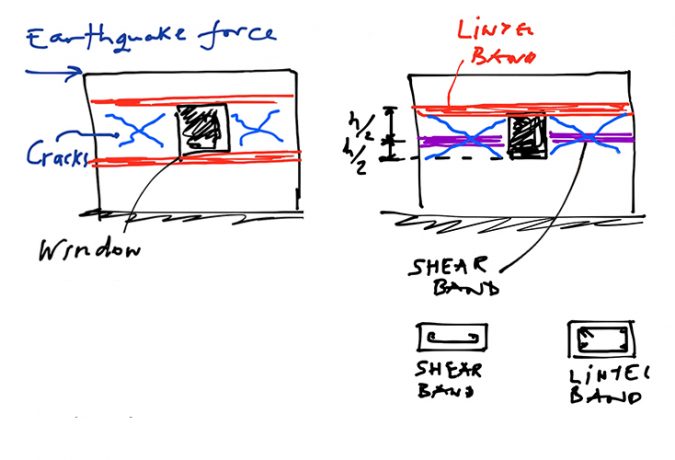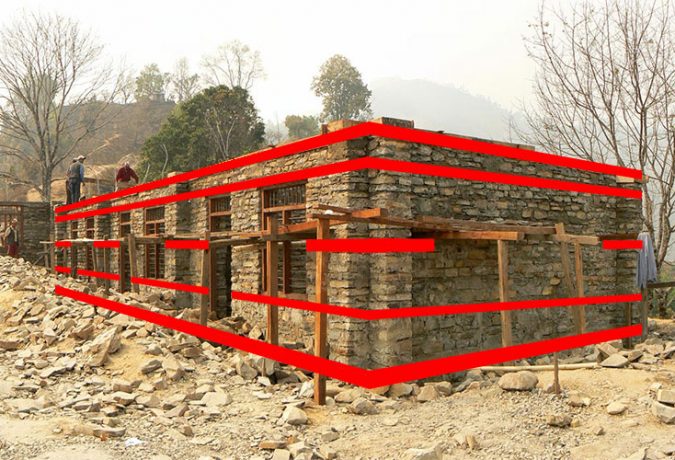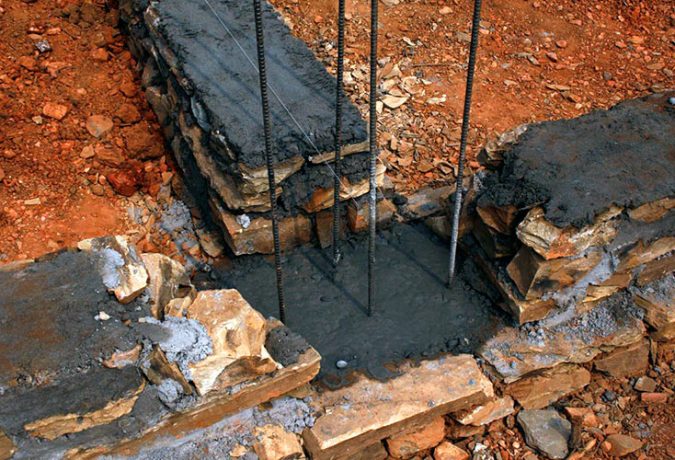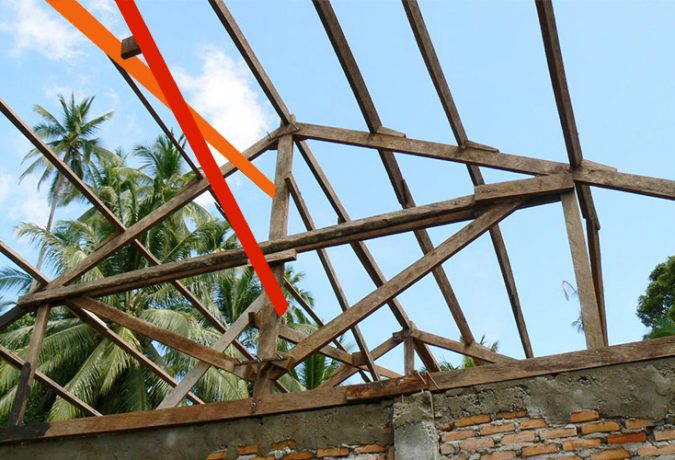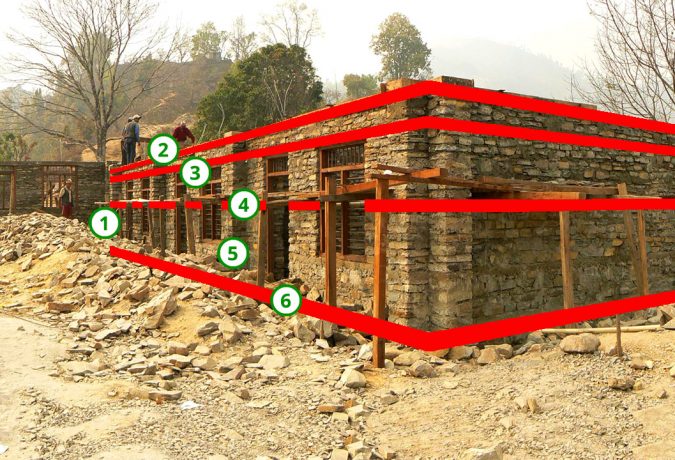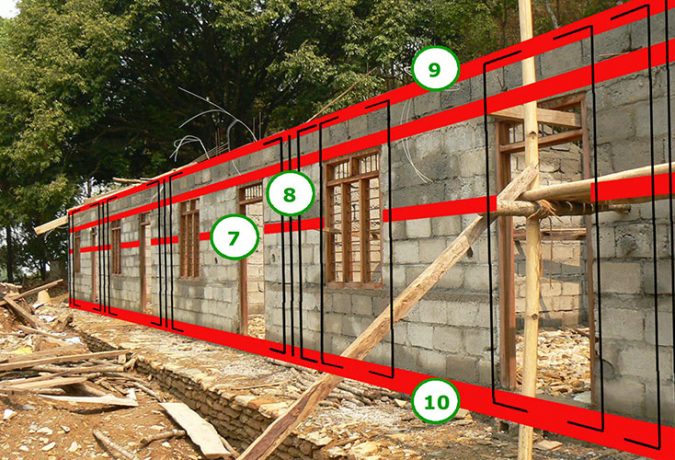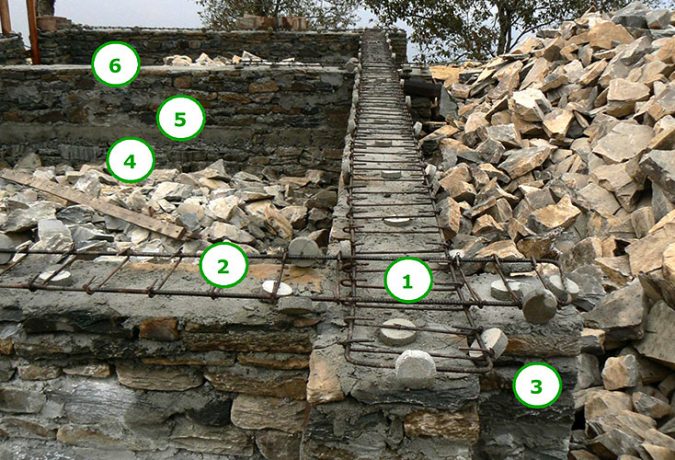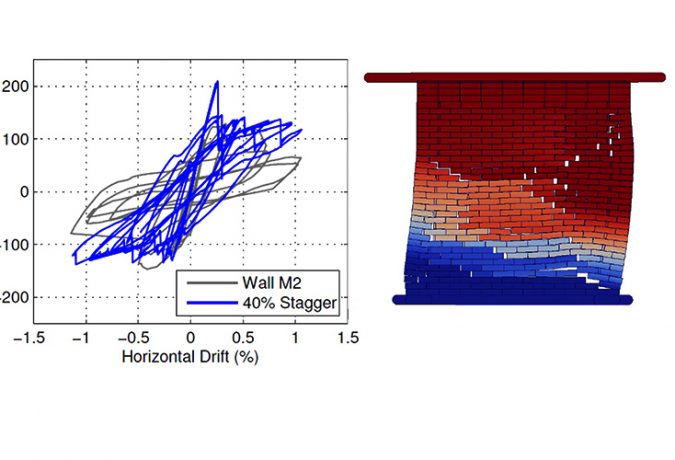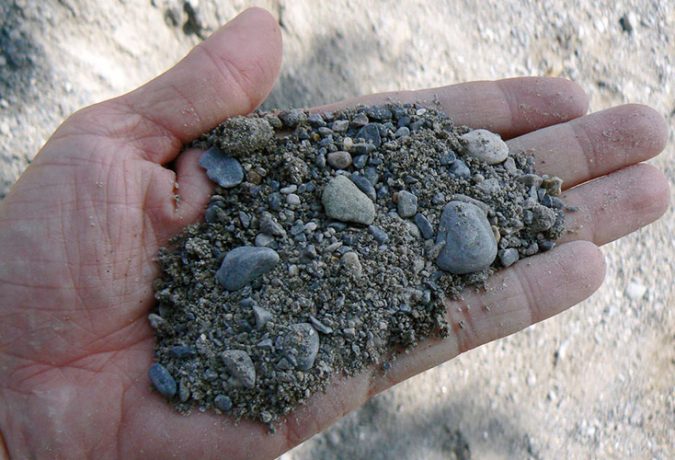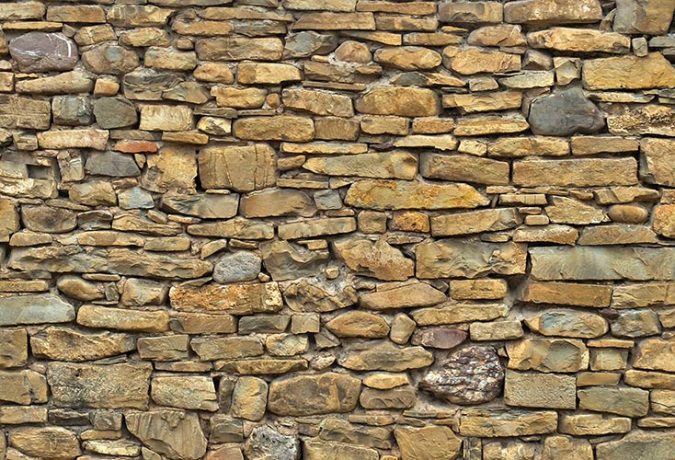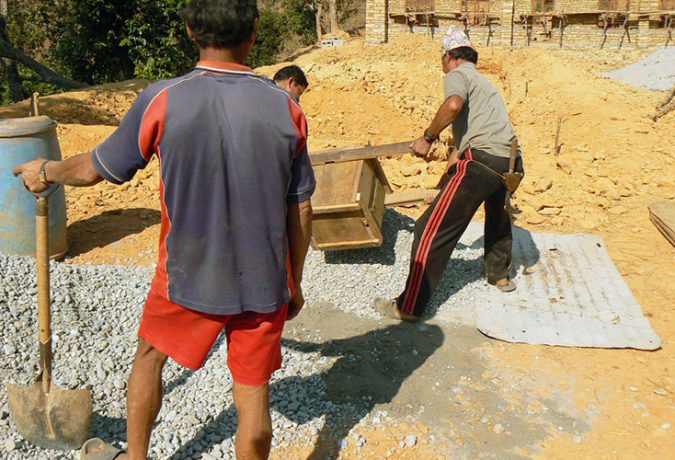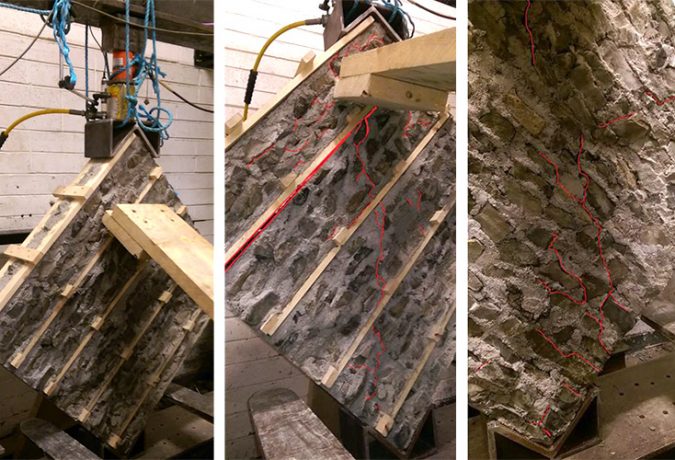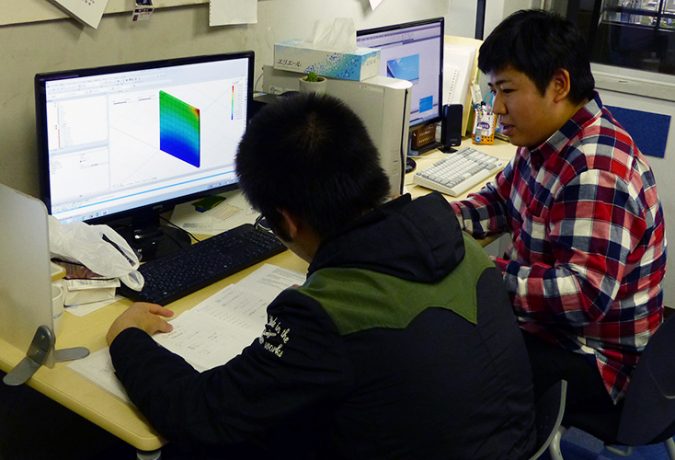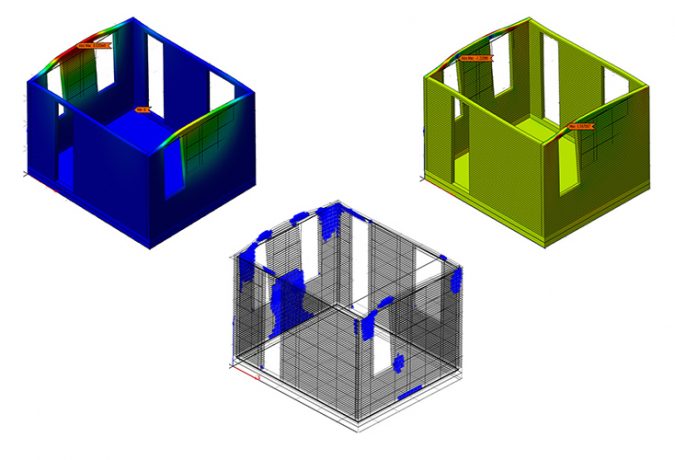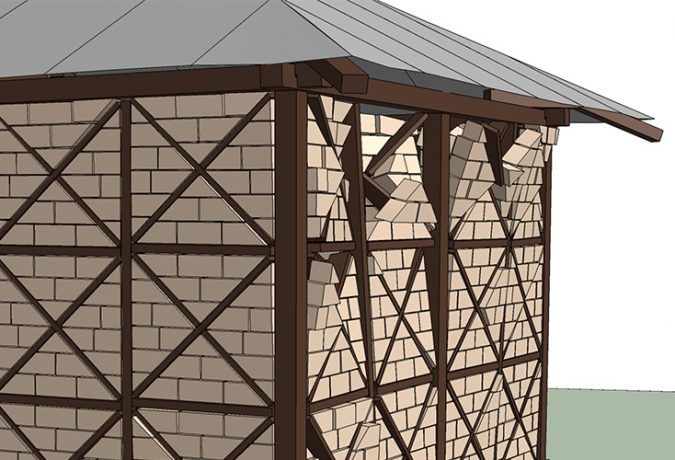|
|
|
| “Imagine that we can greatly improve the safety of schools and homes with a few simple, affordable adjustments” Your support can make a big difference! |
What is SMARTnet
SMARTnet stands for “Seismic Methodologies for Applied Research and Testing of non-engineered techniques”.
This innovative and groundbreaking research project aims to improve non-engineered techniques using natural materials, with a particular focus on earthquake zones in developing countries. It’s important that we know more about the behavior of such techniques during an earthquake so that we can make buildings safer, more efficient and also cheaper.
Unfortunately, in-depth reviews show that the available information in national codes, technical regulations and practical manuals around the world is not fit for purpose. Most of the information comes from a few main sources from the 1980s, which have been changed over the years without clear explanations or reasons. These main sources have never been properly updated, which means that this knowledge hasn’t evolved or improved in the last 35 to 40 years.
Furthermore, most manuals and codes are presented as one-size-fits-all publications that don’t provide solutions for different seismic hazard levels or different building typologies. Simply put, a wall made of round river boulders with mud mortar behaves very differently from a wall made of coursed rubble stones with cement mortar.
“Non-Engineered 2.0” – A Call to Action!
To make progress and address the above shortcomings, we need new insights and a drastic change in attitude that requires a full-time commitment and a structured, systematic, and science-based long-term approach to significantly improve the seismic behavior of traditional and vernacular techniques. This is emphasized in our international call to action as follows:
1. High-tech seismic design of concrete and steel structures is based on scientifically peer-reviewed research and validated engineering practice. This has led to national and international building codes that regulate the seismic resilience of such structures and provide the basis for authorities and the construction industry.
2. Low-tech seismic design of vernacular buildings isn’t based on peer-reviewed scientific research and validated engineering knowledge. It’s mostly based on rules of thumb and best practices. The standards and guidelines for such structures are often outdated, contradictory, and incomplete, and, by and large, not fit for purpose.
3. If we’re to address low-tech seismic design and construction of vernacular buildings, we must first acknowledge these shortcomings.
4. Recognition must be accompanied by a prioritization of scientific research focused on improving our understanding and increasing the resilience of low-tech vernacular buildings during seismic events.
5. This call to action focuses on establishing national and international building codes for low-tech vernacular buildings in earthquake-prone areas. These will be based on validated scientific research using the current state of the art for calculations, testing and modeling. This work is translated into simplified and practical seismic construction guidelines for local practitioners.
To achieve “Non-Engineered 2.0”, SMARTnet invites experts, professionals, academics and final-year students from all relevant fields to share their knowledge and support the project with their time and expertise. If you’d like to join, please contact us here.
All this with the ultimate goal of reducing the death toll and financial losses in earthquake-prone countries by reducing the risk of damage and collapse of indigenous, traditional and non-engineered buildings.
The Unique Approach of SMARTnet
“Our approach is innovative, as we include variables on which only limited research has been done”
The SMARTnet strategy envisions a collaborative approach to global collaboration to comprehensively assess, validate, optimize, and add to existing knowledge of non-engineered techniques using state-of-the-art calculating, testing, and modelling methods.
Currently, a team of more than 25 masonry experts is working with SMARTnet on a comprehensive assessment of an SSF school building and a typical rural house typically built in Nepal.
The calculations and masonry verifications are done by hand and with 10 different software packages according to the codes of Nepal, India, China, Tajikistan, the USA and Europe. This gives us a better understanding of the seismic behaviour of these buildings and allows us to improve the overall design requirements and construction specifications.
The key is to determine reliable material properties while incorporating variables for local material quality and workmanship. This requires defining workable best- and worst-case scenarios and developing uniform test protocols with a focus on low-strength mortars and masonry. Tests on masonry specimens from the Himalayan region will be carried out at various institutes in India.
Such an approach does currently not exist for assessing new constructions in stone masonry. Our philosophy will also be applicable to other techniques, such as earthen structures, traditional wood buildings, as well as confined masonry.
In the near future, we will develop an open-source platform that makes all validated knowledge available to end users of all levels. Such as practical on-site manuals for the people in the field, to stand-alone building codes for engineers and policy makers. Our knowledge must be understandable, practical, and useful so that more people in the world can make use of it.
How YOU can help
Imagine the global impact we’ll have if we can prove that instead of 5 horizontal bands (an important seismic element) we only need 4 or maybe even just 3… And what if it turns out that vertical reinforcements in heavy stone masonry aren’t necessary… That would make the construction of these buildings so much easier and cheaper at the same time.
With a modest budget of only 20,000 Euro per year, we can continue to test and improve traditional building techniques and develop safe building codes. Your contribution, big or small, can make a big difference in how quickly we can crack the codes to build safer homes!
If you’d like to make a financial contribution to our projects, please transfer your donation to our bank account using the contact information below. We prefer this option as the transfer is free in most cases, especially within Europe, the bank transfer is free of costs.
If you’d like to transfer your donation by credit card or online, you can use PayPal’s free and secure payment method. Just click on the button below and fill in the requested information. In this case, a small percentage of your donation will go to PayPal (but luckily we’re in the lowest percentage category).
Thank you very much for your support!
| Account Name: | Stichting Smart Shelter |
| Account Number: | 43.60.25.469 |
| Bank Name: | ABN AMRO Bank NV |
| Bank Address: | Stadhuisplein 12 |
| Bank Area / Postal Code: | 2405 SH |
| City and Country: | Alphen aan den Rijn, The Netherlands |
| IBAN number: | NL80 ABNA 0436025469 |
| BIC / Swift code: | ABNANL2A |
| Recipient Address: | Distelstraat 5, 2402VT |
| City and Country: | Alphen aan den Rijn, The Netherlands |
| Link to PayPal: |
|

